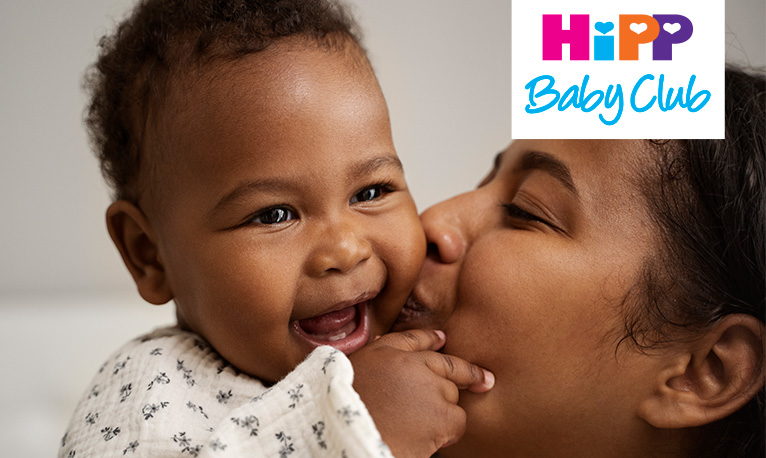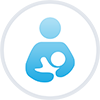Week 33
In week 33, you’re in the ninth month of your pregnancy, the last stage of your baby’s development before the birth. It’s an exciting time, but there’s still no way to know exactly when they’ll be born – babies follow their own schedule. Most babies are born between week 37 and 41, so in a few weeks, it could happen at any time. This means you need to be prepared for the big moment.
Your baby is 43.5-43.8 cm in size, which in terms of proportions is roughly the same as a papaya: longish, but also fairly chunky. They weigh about 1980 grams, so they’ve almost reached two kilograms – or two bags of flour. They’ll continue to put on weight until the birth, and they’ll soon reach their birth weight, which (like their size) varies from baby to baby.
Nutritious meals
In these last few weeks, you might want to take time to plan some quick and nutritious meals; this will stand you in good stead once your baby is born and time to cook is at a premium. If you have the energy, you can even cook and freeze some dishes for those first few weeks – trust us, once the baby arrives, cooking will be the last thing on your priority list!
Takeaways for tired mums
It’s all very well people telling you to eat healthily during pregnancy, but what about when you’re pressed for time or can’t face cooking? Is there such a thing as a ‘healthy’ takeaway?
In general, takeaways aren't as healthy as home-cooked food, but some choices are healthier than others. For example, if you fancy a kebab, try the ‘shish’ kebab option (cubes of lamb or chicken) rather than the fattier ‘doner’ version, and ask them not to sprinkle salt on the meat. Kebabs or falafel, served with salad in a pitta, can be a healthy takeaway option. (Hummous is good, too.)
If you're keen for pizza, pile on extra vegetables to help you get your five-a-day. Sliced red peppers, raw spinach or sweetcorn are all good choices. The cheese on the pizza will help to keep your calcium levels up. Or order a jacket potato with cheese and beans – yummy!
Off to class
Childbirth classes are useful and good fun - and they’re often an opportunity to make lasting friendships. Swap contact details with other mums-to-be and likely couples. After the baby is born, it can be a real lifesaver to be able to get together with other new mums (and dads) to compare notes. The National Childbirth Trust offers a range of classes for prospective parents.
What it’s like for the mum-to-be in week 33
The fundus (the top of your uterus) is now about three finger widths below your costal arch, putting considerable pressure on your lungs and lower down on your bladder. This means that you’ll now be out of breath more often, the chances of heartburn are higher, and you’ll still need to pee a lot more often.
Swollen legs and feet
Excess fluid in the tissue in your legs and feet often leads to even more painful swelling than you’ve already experienced. Getting plenty of rest and putting your legs in a raised position are simple things you can do to help alleviate these symptoms.
Your baby’s movements become more forceful
Your baby is now moving around and turning so much in your womb that it can literally take your breath away and make you stop what you’re doing. If you’re expecting twins, it can feel like there’s a storm raging in your belly. Don’t worry: it’s completely normal and, in fact, it’s important for your baby to do this so that they can get into the right position for birth.
Your body prepares for the birth with practice contractions
In week 33, you’ll often feel your belly become harder for short periods of time as your body trains for the imminent birth of your child. These practice contractions will become more and more intense until you get what’s called false labour, contractions which result in your uterus moving down towards your lesser pelvis. With the pressure reduced on your internal organs (particularly your lungs), you’ll be able to breathe more easily, relax a little more and look forward to the moment when you hold your baby in your arms for the first time.


